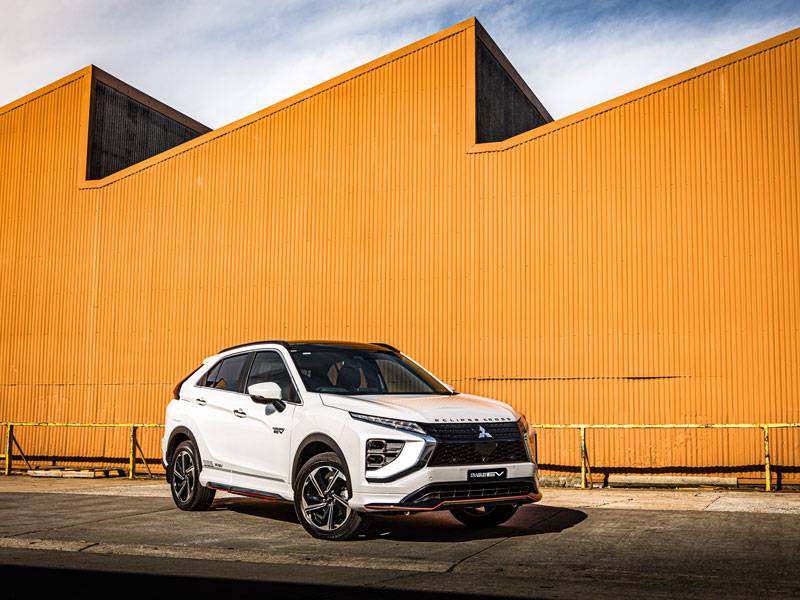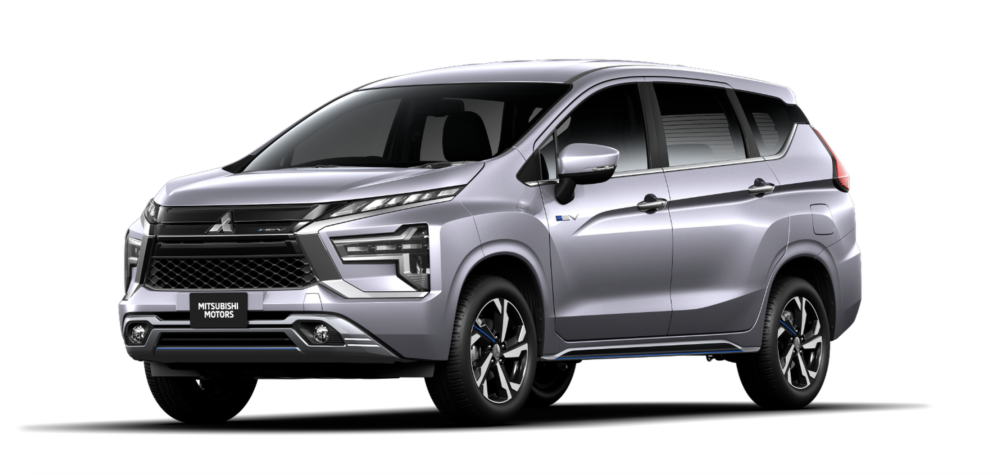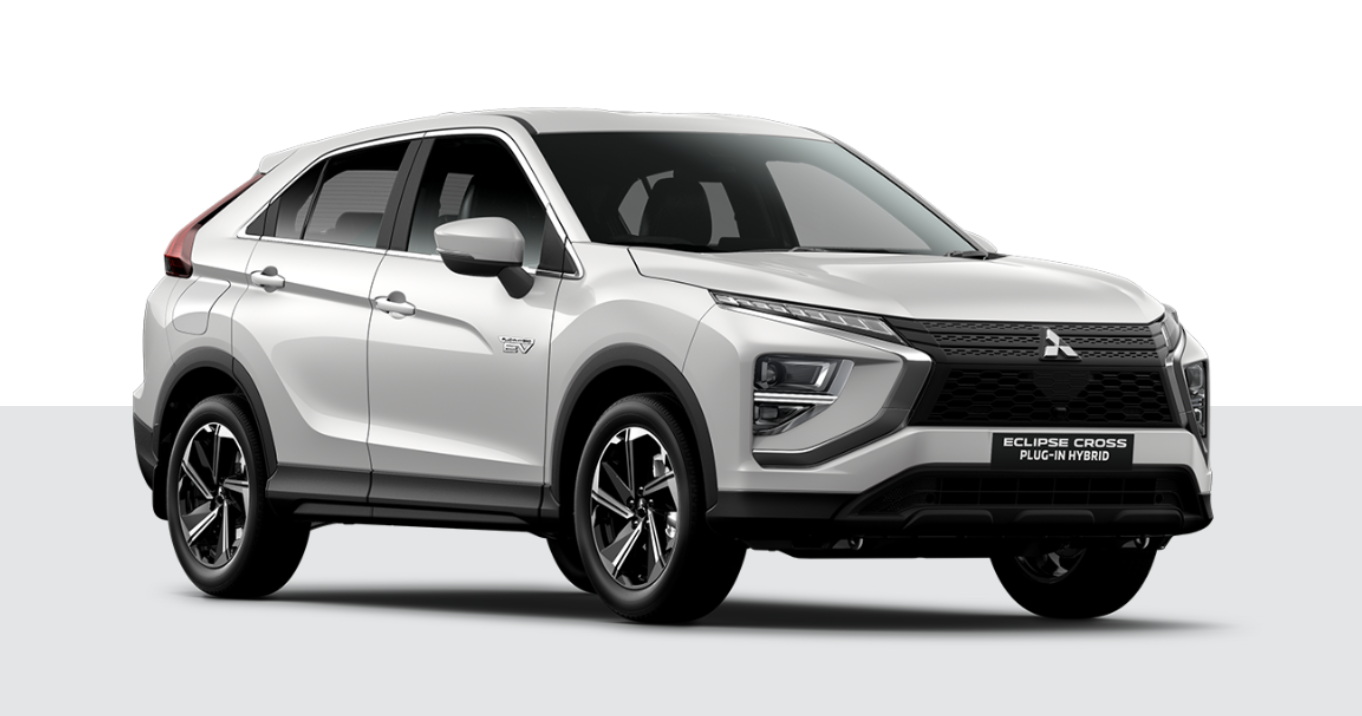Coming soon: Is there a hybrid future for Mitsubishi PH?

Among the major Japanese carmakers operating locally, Mitsubishi Motors Philippines Corporation (MMPC) has not only cemented itself as one of the best-selling, but also the longest-lasting.
Operating for over 60 continuous years is no small feat – MMPC has stayed with us through even the darkest and thickest times like Martial Law, the EDSA Revolution and the COVID-19 pandemic. This resilience has undoubtedly been rewarded as the company has long held its second-place spot in the Philippine sales charts.
Indeed, data from the Chamber of Automotive Manufacturers of the Philippines showed that MMPC sold a record 91,639 vehicles in 2024. This figure is not only up 12 percent from 2023, but is also the second consecutive year that the carmaker beat its sales record.
But something that clearly separates MMPC from its Japanese rivals like Toyota and Honda Cars is its lack of electrified models – ironic, given that it was among the first to enter the game with the long-running Outlander PHEV. Even upstart Chinese automakers like BYD have opened the floodgates on their electric vehicles (EV).
Now that electrified mobility is no longer a quirky (and expensive) niche, we take a look at where the Diamond Star brand can really make a mark in this increasingly popular segment.

Xpander HEV
The Xpander and Xpander Cross were the Philippines’ best-selling seven-seat multi-purpose vehicles (MPV) in 2023 and 2024.
That’s because both combine the hardiness of Asian Utility Vehicles like the much-beloved Adventure with the smoothness and ease of a regular sedan – no diesel clatter, clunky gearchange or black exhaust smoke here. It also helps that these two are priced against traditional four-doors, giving Filipino families a much roomier alternative.
The only real weak spot is their 1.5-liter inline-4 gasoline engine that is mated to an absolutely antiquated 4-speed automatic gearbox. This combination (seeming like a 1990s throwback) yielded below-average acceleration and fuel consumption when we tested both of these MPVs.
But in February 2024, Mitsubishi introduced the Xpander HEV that packs a 1.6-liter, twin-cam, 16-valve inline-4 gasoline engine mated to a 1.1-kWh lithium-ion battery and an electric motor. Combined output is 114 horsepower and a monumental 255 Newton-meters of torque, which are coursed through a continuously variable transmission (CVT).
This not only makes the Xpander HEV the most-powerful MPV in its class, but also the sole hybrid-electric vehicle of its kind. Features available in other markets include seven driving modes, namely Normal, Wet, Gravel, Tarmac, Mud, EV Priority and Charge, as well as Mitsubishi’s renowned Active Yaw Control for more secure handling.
All MMPC needs to do is to include the excellent active-safety suite from the Xforce crossover and it can really raise hell against the superb Honda BR-V VX and the Hyundai Stargazer X.
Xforce HEV
Speaking of the Xforce, which shares its mechanicals with its MPV cousins, this striking crossover is also available with an HEV powertrain abroad.
The top-of-the-line, P1,561,000 Xforce GT performed well in our tests, especially since its 1.5-liter gasoline engine has been mated to a much more agreeable CVT. But it has been overshadowed by models like the larger and similarly priced BYD Sealion 6 DM-i that offers much better fuel economy and performance thanks to its advanced plug-in-hybrid setup.
Meanwhile, the Xforce GT’s chief Japanese rival, the Honda HR-V, also got a hybrid-electric version this year – it comes with a 1.5-liter inline-4 powerplant with a combined output of 131 horsepower and 253 Newton-meters of torque, which are coursed through a CVT.
As with Xpander HEV, the Xforce HEV gets the same 1.6-liter hybrid-electric powertrain and CVT for a combined output of 114 horsepower and 255 Newton-meters of torque. The improved performance and fuel consumption will finally result in a crossover that goes as well as it looks.

Eclipse Cross Plug-In Hybrid EV
Something of a wild card here is the Eclipse Cross, which competes with the likes of the Honda CR-V and Toyota RAV4.
This compact crossover has been in production since March 2017 and sold in Japan, the United States, New Zealand Australia. Meanwhile, the Eclipse Cross Plug-In Hybrid EV made its global debut in December 2020.
Under its edgy body is a 2.4-liter, twin-cam, 16-valve, inline-4 gasoline engine mated to dual electric motors – this means a combined output of 133 horsepower and 199 Newton-meters of torque going to all four wheels through a CVT. Because of the 13.8-kWh battery pack, it has a claimed maximum electric-only range of 54 kilometers.
Should MMPC finally decide to amp up its electrified line-up, expect it to reach its coveted 100,000-unit sales target in due course.

















